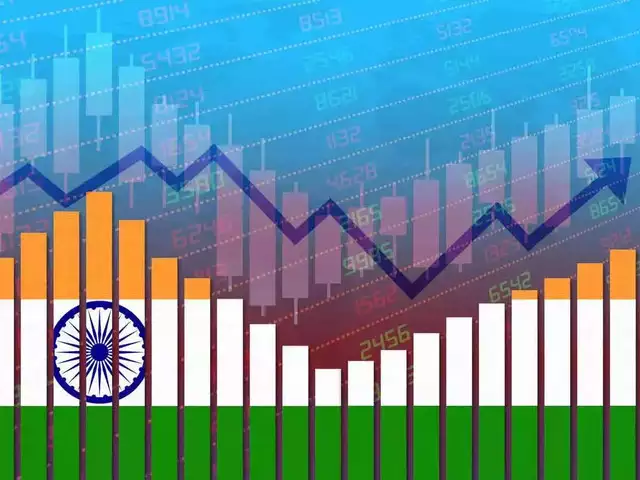
Since the 2014 election of Narendra Damodardas Modi as the new Prime Minister, India witnessed a significant growth, and it doesn’t plan on stopping.
Today worldly renowned as one amongst the fastest growing countries, India has been able to position herself in the top five biggest economies since 2019. As of last year alone, the Country’s GDP registered a faster-than-expected growth rate of 7.6%, following the 2021 rate of +9% and 2022’s +7,2%.
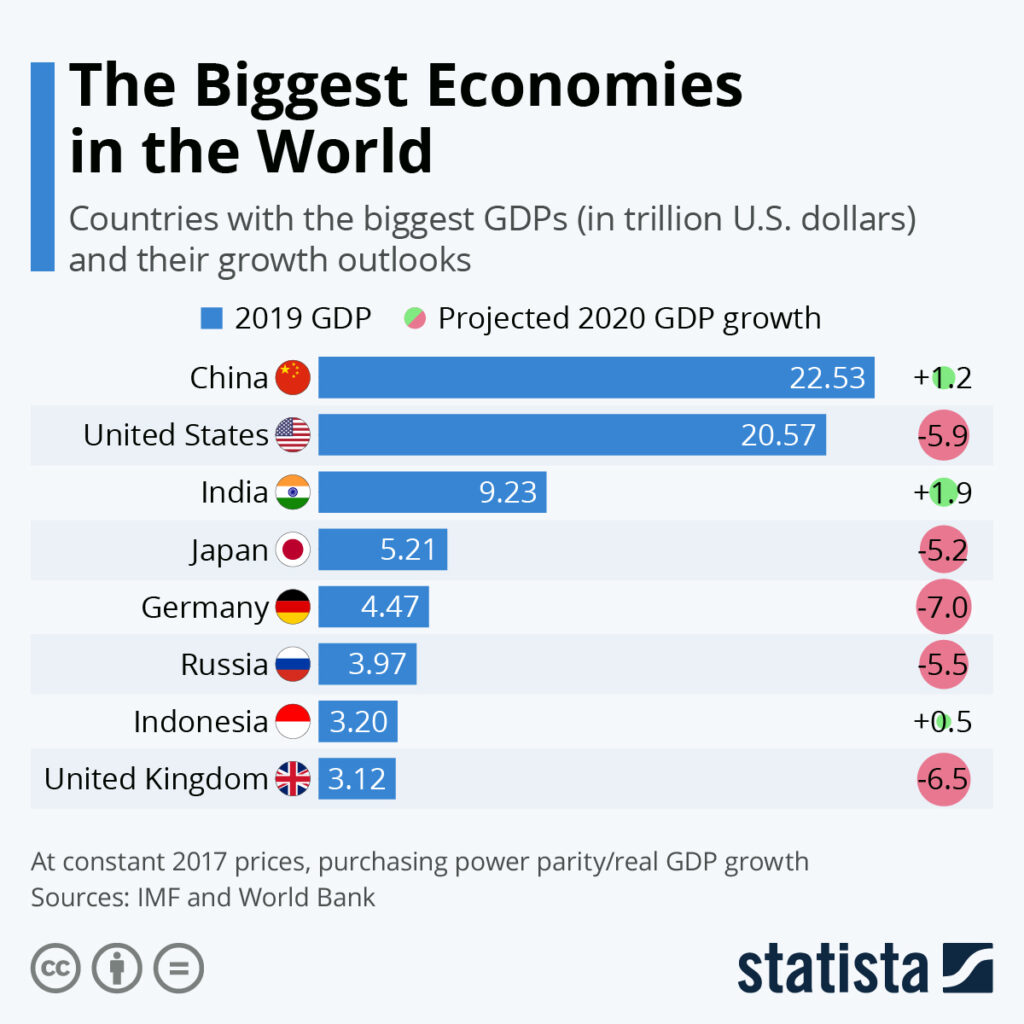
Also in 2023, India’s Nifty 50 index hit a new high, up 16% this year surpassing even Hong Kong’s Hang Seng index. There are a variety of factors contributing to the success of the Country, like: demographic growth, higher salaries, export income, and an unemployment rate of under 10%. But It all started with Modi’s BRAP (Business Reform Action Plan), then the following PLI (Production Linked Incentives), both concerning reforms, incentives, and agreements made to stimulate foreign investments, all while maintaining a protectionist approach with the aim of boosting local production and manufacturing.
In order to explain the reason as to why India has been able to grow this much, we have to take into account many different factors: first and foremost, we shall mention the demographic growth. Last year India’s population (of 1.428 Bn) officially surpassed China’s, positioning herself as the country with the greatest population in the whole world, thus resulting in India having the largest workforce, and it’s expected for it to cover 17% of the world’s workforce by 2050. As a result, right now, domestic consumption covers over 60% of the national GDP and along with the salary increase India’s national economy is set for success.
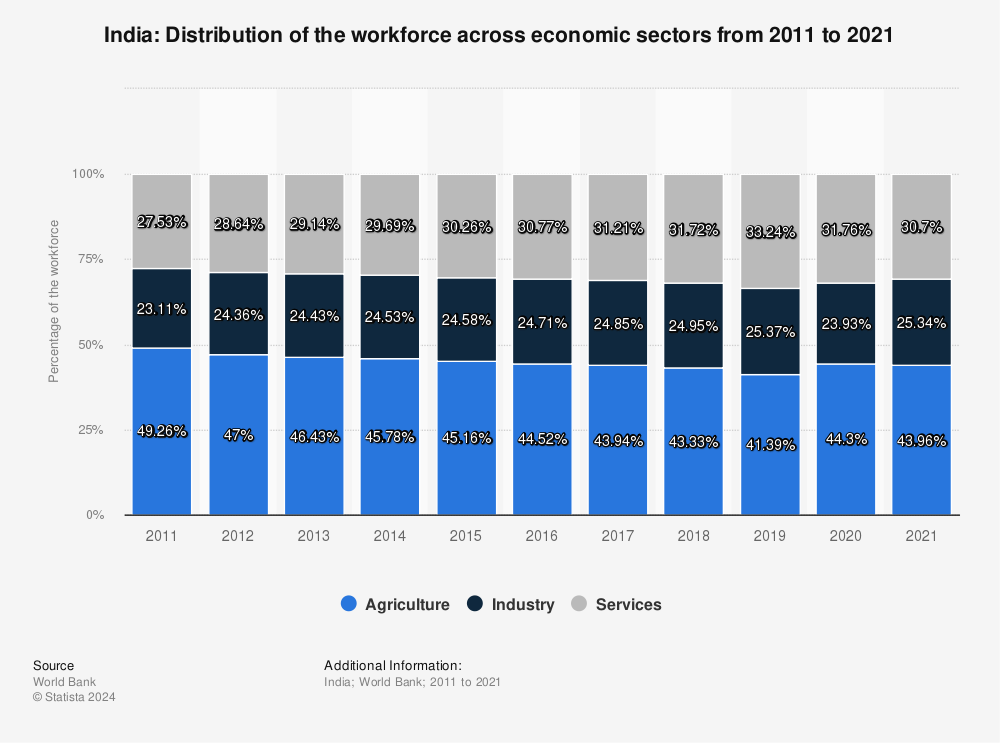
Moreover, India’s privileged position seems to be a consequence of several geopolitical conflicts and commercial tensions between different countries. Especially since 2018, as China, the once known “World’s factory”, and the Ukraine-Russia war are showing a number of problems concerning the efficiency of supply chains that were not previously taken into consideration. But the Western Countries hunt for more diversification and reliability has resulted in a great leap of trust into India, as it may become the main possible market for western investments. Up until a few years ago this position was that of the Southeast Asian countries, with Vietnam leading the way, but with India forming alliances with western democracies, it has become the only sizable market compared with China.
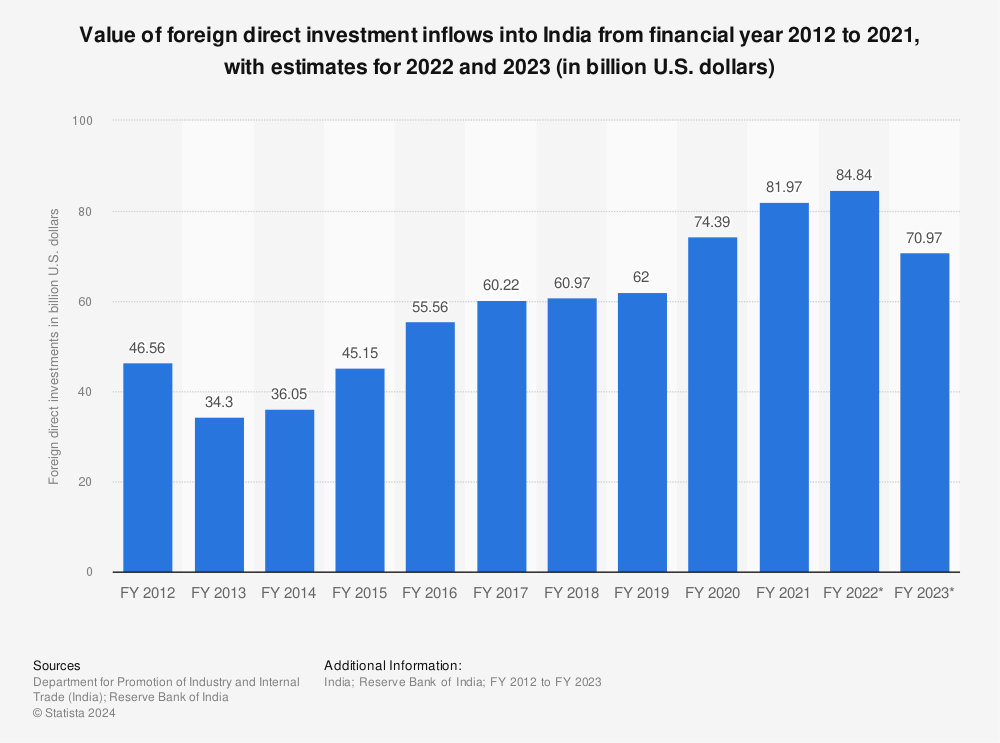
Lastly, one last but crucial point to the Country’s growth is the ongoing green transition. The rapid growth in India will also be responsible for the consistent increase of energy consumption across the next few years and, as a carbon energy-based country, finding a greener solution has been a great challenge. Sitting right now as the third country for energy consumption, luckily the transition is already happening, and we can witness the tangible results in the 130% increase of the capacity of renewables installed over the last 10 years.
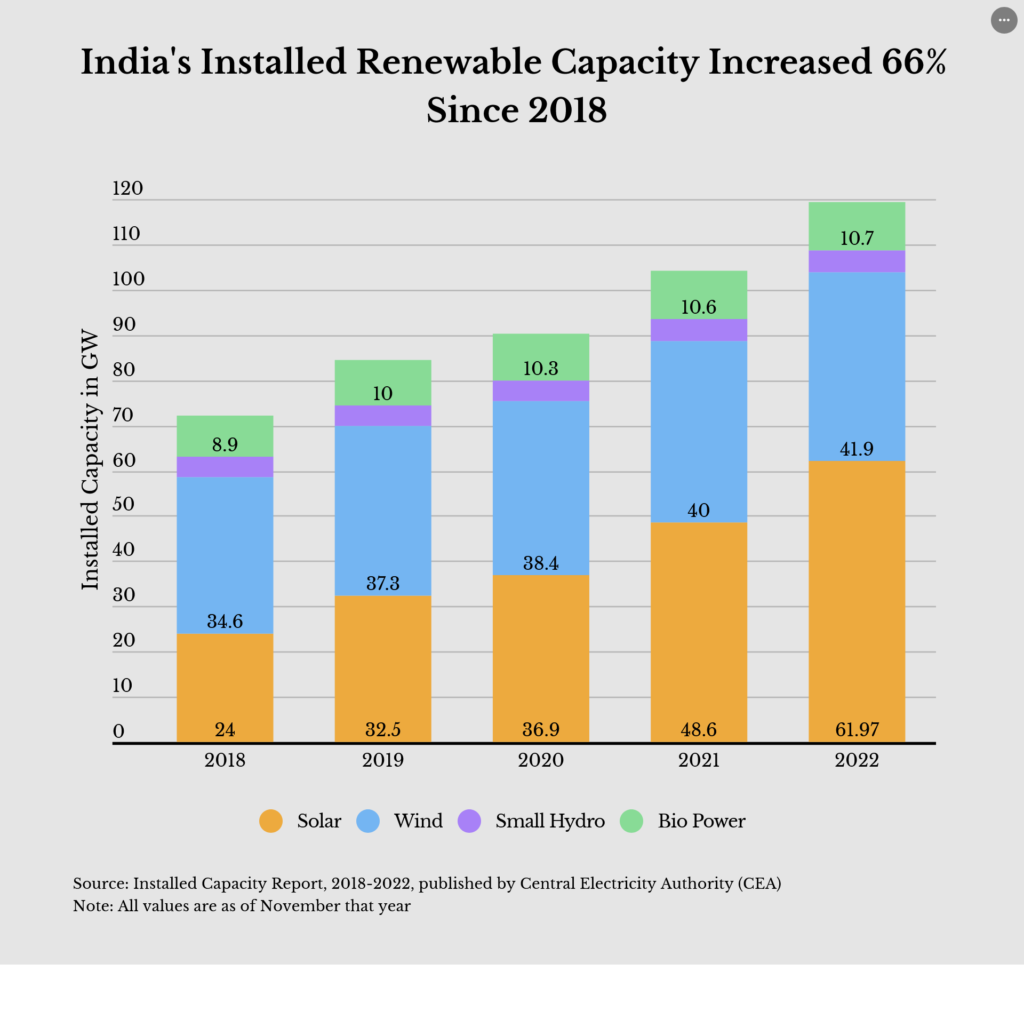
All in all, India’s efforts to attract greater foreign investment in manufacturing and related services align with the ‘China Plus One’ strategy. This is where companies avoid being solely reliant on the Chinese market for production and sourcing. Considering growing US-China tensions and trends towards decoupling in the technology sector, many companies will increasingly diversify their China manufacturing footprint or spread out their supply chains across multiple locations.
The future of the nation seems to be very bright under every circumstance, and all the promises made at the COP26 summit may drive other developing countries to follow her lead.
Author: Liliana Prina
